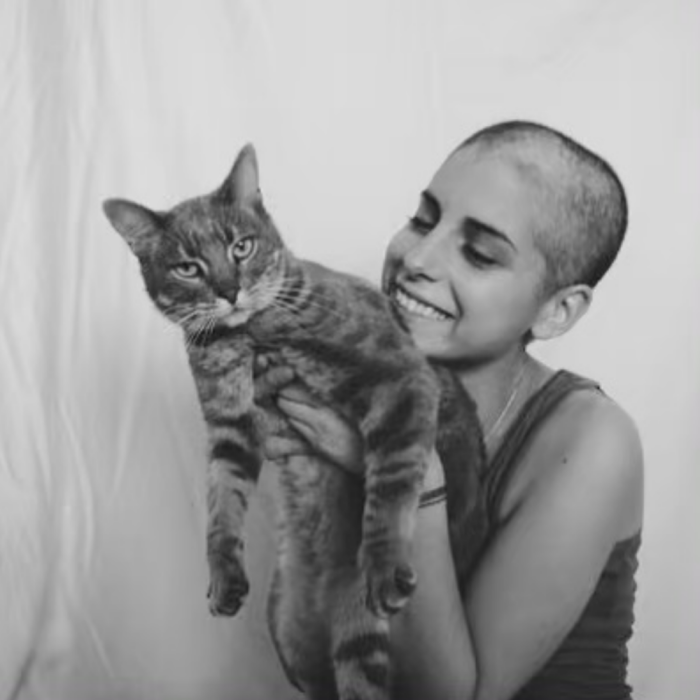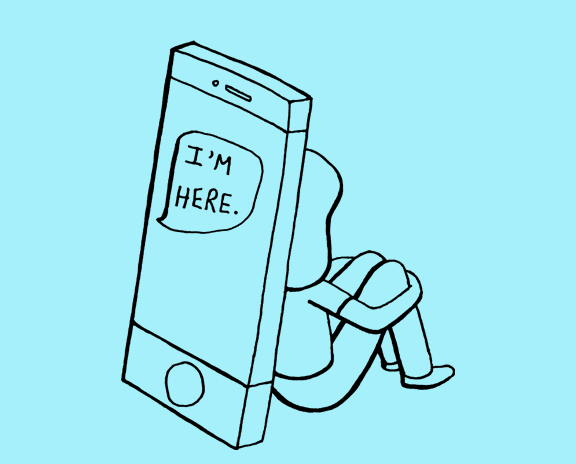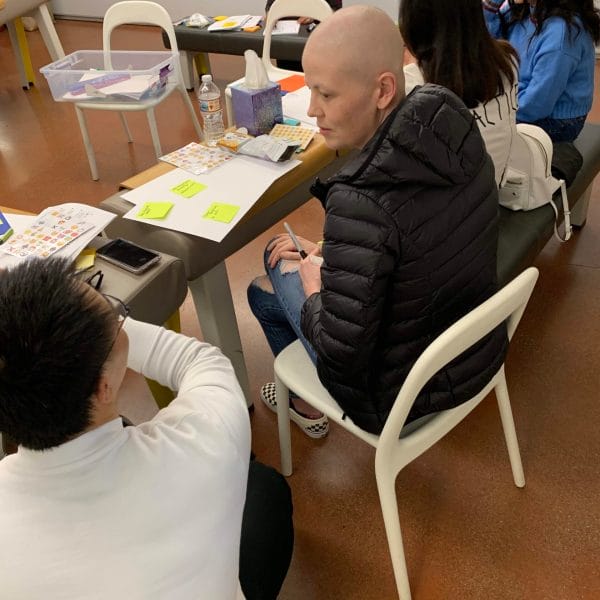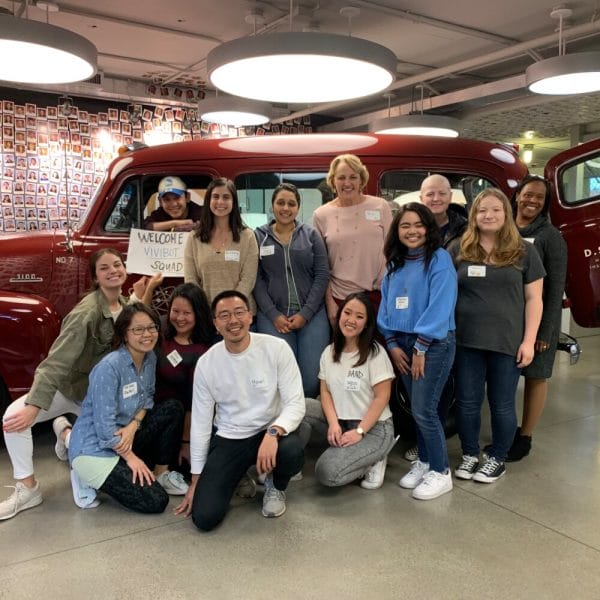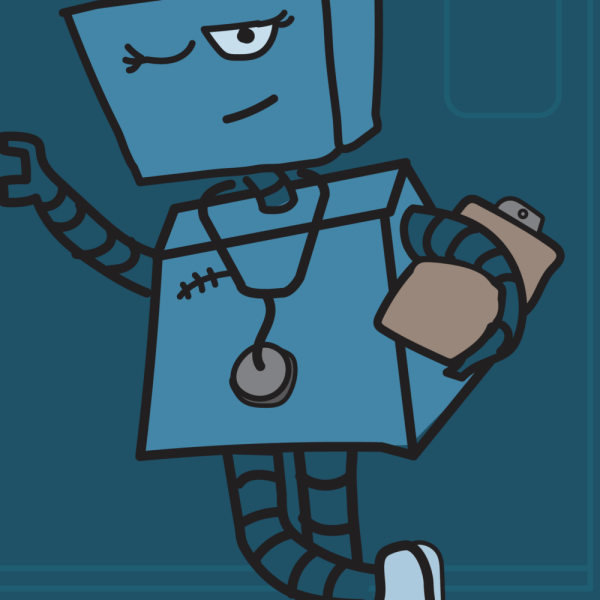From the outside looking in, the journey of a cancer patient may seem like a linear one. But for those who walk the line, they will tell you that it is anything but a straight path. It is full of ups and downs, twists and turns and the road, although it may level, never ends.
We hope that the majority of Adolescent and Young Adult (AYA) Cancer Journeys begin in the highest of highs—full of youth, exploring and figuring out life. The first phase of the journey is usually tugged on by the fright or anxiety at the realization that there may be something wrong—a lingering cough, a large mass on the side of your neck, or an aching pain in your leg that won’t go away. The first dip in the road is the confirmation of your diagnosis—“You have cancer.” For most, this is the first real low.
The big news of diagnosis can hit people in different ways. Some feel shocked, some feel scared, some feel strong, and some don’t know what to feel. Being an AYA patient is hard because even though you may be an adult and definitely have your own mind, you instantly become a child again to your parents and loved ones as they hover over in hopes of helping you to make the “right decisions.” But are these decisions being made for you or for them? You want to trust your doctors because, well, they are doctors and they should know what is the best course of action. But sometimes your own identity and voice can get lost in that situation too.
The start of treatment, even though scary and unknown, creates a rise in the road. It feels good to start making moves towards nipping this cancer and getting back to “normal life.” Little do you know at this point that you will never be returning to the normal you think you know.
Treatment is a different experience for every patient. The factors in it are endless and no drug reacts the same in anybody and no person handles it exactly the same as another. I would say this portion of the cancer journey creates the highest frequency of ups and downs. Every cycle behind you brings you closer to the end but at the same time, every cycle you tackle makes you feel worse than the last. Treatment is, for most, when your outside appearance also changes—you visibly become a cancer patient to the outside world and that in itself is one of the hardest parts.
The confusing part is here—the official end of treatment, marked by a clear scan. Most would think this scan would signify the end to a cancer journey. Your body starts to rebuild strength, your hair starts to regrow and you can’t wait to get back to that highest of highs and fall into that familiar “normal” again; except you can’t find that normal because the normal you used to know no longer exists.
Eventually, you find yourself on that level road. Occasionally there will be a small dip in the road—suffering from anxiety as you prepare for your check-up scans, living in fear of your cancer or a different cancer coming back or dealing with a relapse. But you just keep on walking the line because that’s what survivors do.
More about the Author:
Brittany is a graphic designer and soon to be mommy living with her two dogs and her husband in Santa Cruz county. Brittany was diagnosed when she was 18, before the term AYA (adolescent/ young adult) cancer was coined, and since being 10 years in remission gives back to the community in any way that she can.

